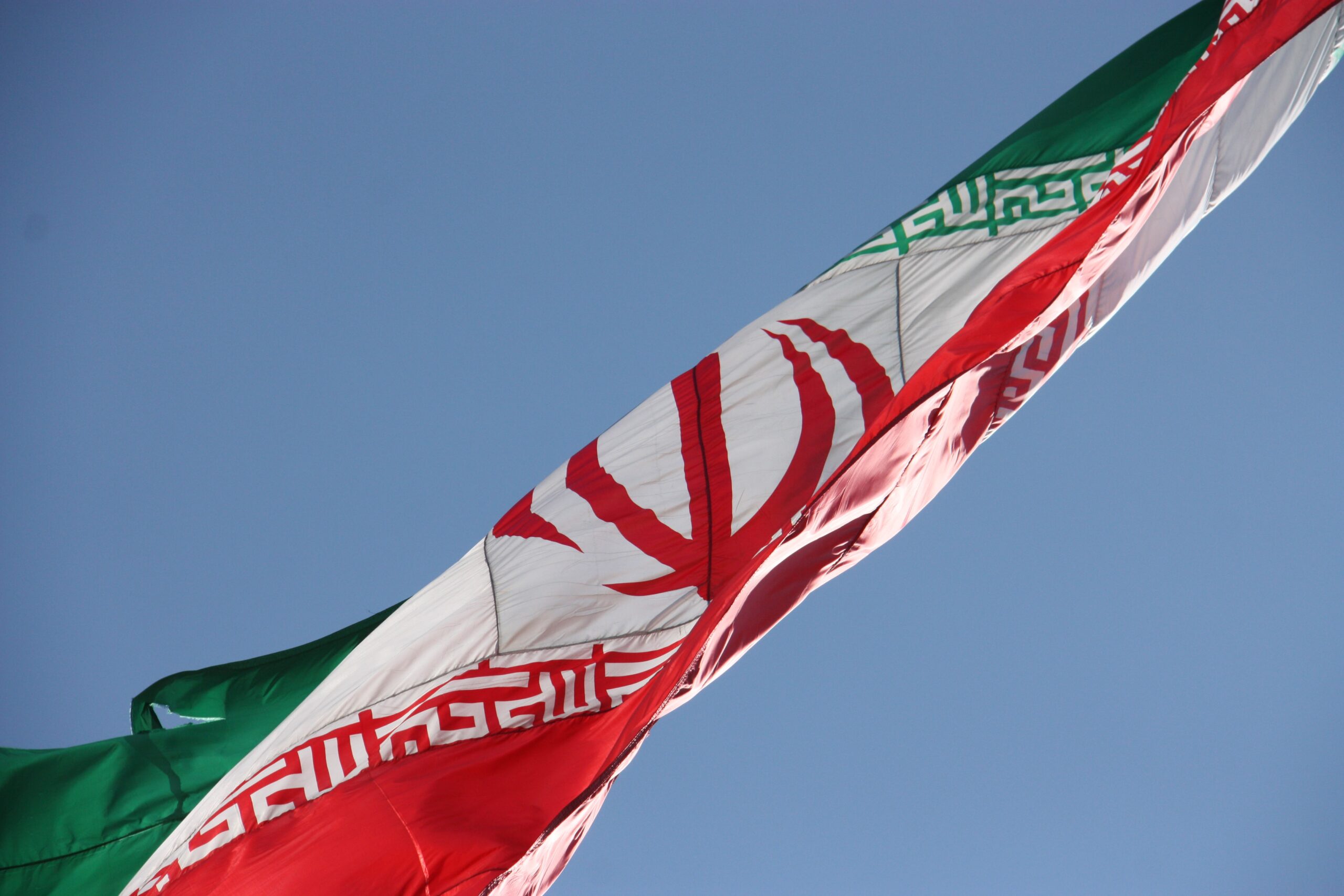The watershed event
In February of 1979, Tehran was in chaos. Cancer-stricken Mohammed Reza Pahlavi, a Western-backed autocrat, went into exile in mid-January, leaving behind a rickety regency council. On February 1, Grand Ayatollah Ruhollah Khomeini, the godfather of the revolution, returned from exile in Paris. In the Iranian version of “Ten Days That Shook the World,” street demonstrations raged until the government collapsed on February 11, toppling of the monarchy and leading to the establishment of an Islamic republic. (Source:Historyextra)
In March Iranians participated in a national referendum on whether Iran should become an “Islamic Republic;” the motion (which offered no alternatives) received near-unanimous support.
Towards August, Iranians voted in nation-wide elections for the Assembly of Experts, a clerical-dominated body empowered to finalize the draft constitution. Due to boycotts by leftist, nationalist, and some Islamist factions, voter turnout falls far below the March referendum.
In October, the Assembly of Experts approved a draft new constitution, enshrining Khomeini’s innovative doctrine of velayat-e faqih, which accords ultimate authority to a religious leader.(Source:Brookings.edu)
Women Protest Against the Hijab Law
In March 1979 more than 100,000 women gathered on the streets of Tehran to protest against the new Islamic government’s hijab law, which ordered women to wear a headscarf to leave the house. (Source:designyoutrust)
“This was taken at the beginning of the demonstration,” Golestan told The Guardian. “I was walking beside this group of women, who were talking and joking. Everyone was happy for me to take their picture. You can see in their faces they felt joyful and powerful. The Iranian revolution had taught us that if we wanted something, we should go out into the street and demand it. I wanted to join in all the protests during the revolution, but I knew I had to go as a photographer. My first thought was: “It’s my responsibility to document this.” I’m rather small, so I was ducking in and out of the crowd, constantly taking photos. I took about 20 rolls of film. When the day was over, I ran home to develop them in my dark room. I knew I had witnessed something historic. I was so proud of all the women. I wanted to show the best of us.”
Foreign intervention
The United Kingdom helped Reza Shah Pahlavi establish a monarchy in 1921. Along with Russia, the U.K. then pushed Reza Shah into exile in 1941, and his son Mohammad Reza Pahlavi took the throne. In 1953, amid a power struggle between Mohammed Reza Shah and Prime Minister Mohammad Mosaddegh, the U.S. Central Intelligence Agency (CIA) and the U.K. Secret Intelligence Service (MI6) orchestrated a coup against Mosaddegh’s government.
“The emergence of Hezbollah in Lebanon, the moral boost provided to Shia forces in Iraq, the regional cold war against Saudi Arabia and Israel, lending an Islamic flavour to the anti-imperialist, anti-American sentiment in the Middle East, and inadvertently widening the Sunni-Shia cleavage, are for me the most important by-products of the Iranian revolution,” said Mehrzad Boroujerdi, professor of political science at Syracuse University, when asked for the top five geopolitical events set off by the Iranian revolution.
The hostage crisis
The hostage crisis – where revolutionaries took 52 Americans hostage for 444 days in the barricaded US embassy in Tehran – signalled the start of major hostilities between the US, its allies, and Iran, resulting in, among other things, decades of sanctions. History.com records: On November 4, 1979, a group of Iranian students stormed the U.S. Embassy in Tehran, taking more than 60 American hostages. The immediate cause of this action was President Jimmy Carter’s decision to allow Iran’s deposed Shah, a pro-Western autocrat who had been expelled from his country some months before, to come to the United States for cancer treatment. However, the hostage-taking was about more than the Shah’s medical care: it was a dramatic way for the student revolutionaries to declare a break with Iran’s past and an end to American interference in its affairs. It was also a way to raise the intra- and international profile of the revolution’s leader, the anti-American cleric Ayatollah Ruhollah Khomeini. (Source:History.com)
The sanctions that for decades jeopardised Iran’s economy and wreaked havoc with the world’s oil markets can be traced to the hostage crisis.
On January 20, 1981, All remaining U.S. hostages were released after 444 days after Tehran and Washington conclude the Algiers Accords. The agreement unfroze Iranian assets, lifted other U.S. sanctions on Iran, and established a tribunal to adjudicate billions of dollars of financial claims between the two countries.
“The American political class has never recovered from the shock and humiliation of the hostage crisis. It cast Iran as the face of evil in many American hearts,” said journalist Stephen Kinzer, author of several books on US-Middle East relations.

